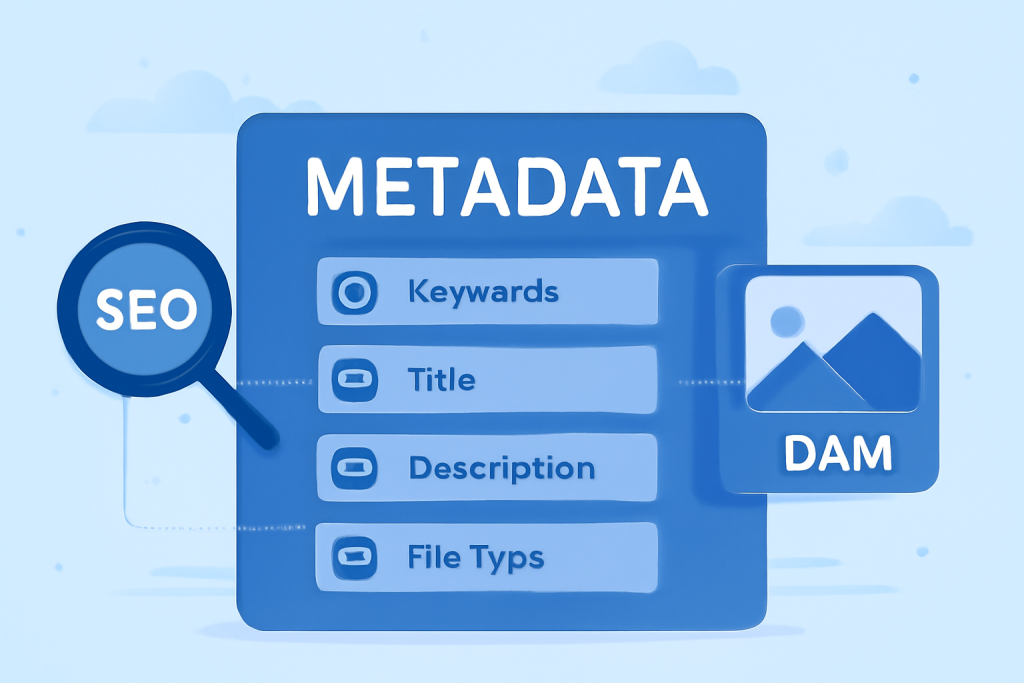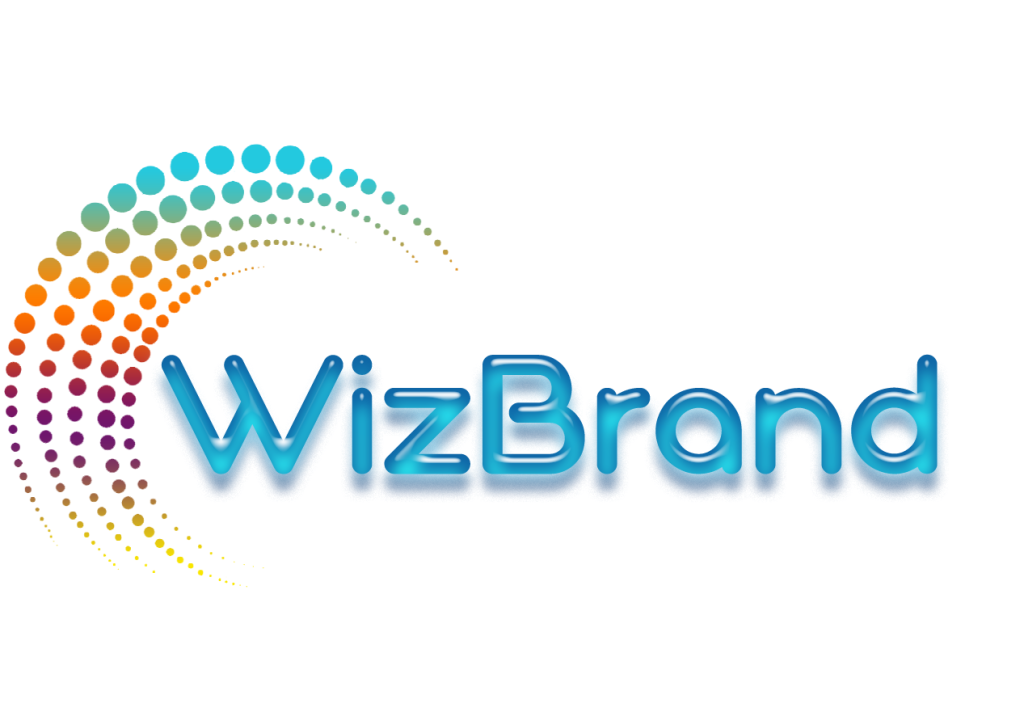Upgrade & Secure Your Future with DevOps, SRE, DevSecOps, MLOps!
We spend hours scrolling social media and waste money on things we forget, but won’t spend 30 minutes a day earning certifications that can change our lives.
Master in DevOps, SRE, DevSecOps & MLOps by DevOps School!
Learn from Guru Rajesh Kumar and double your salary in just one year.

In an increasingly digital world, businesses are confronted with a massive influx of data, including digital assets like images, videos, documents, and graphics. Efficient management of these assets is vital for success, and this is where Digital Asset Management (DAM) systems come into play. However, simply storing and retrieving assets isn’t enough. To truly optimize the management and accessibility of digital content, businesses need to incorporate metadata—the crucial information that helps organize and categorize these assets.
Not only does metadata streamline the Digital Asset Management process, but it also plays a key role in Search Engine Optimization (SEO). In this blog, we’ll explore the importance of metadata for both SEO and DAM success, and how leveraging a platform like Wizbrand can revolutionize your asset management strategy.
Understanding Metadata
At its core, metadata refers to data that provides information about other data. When it comes to digital assets, metadata includes all the information that describes the content, context, and structure of an asset. For instance, metadata for an image might include the title, description, keywords, creator, and file format. This descriptive data is essential not only for organizing assets but also for helping systems and users find, access, and understand content.
In DAM systems, metadata is the backbone that ensures digital files are easy to categorize, retrieve, and manage. In SEO, metadata is used by search engines to understand the relevance of digital assets and their context, directly influencing search rankings and online visibility.
The Role of Metadata in DAM Systems
Effective DAM systems like Wizbrand rely on metadata to optimize the management and retrieval of digital assets. Without metadata, the sheer volume of digital content would quickly become overwhelming and difficult to manage. Here’s how metadata enhances DAM systems:
1. Optimized Search and Retrieval
One of the primary advantages of metadata in DAM is its ability to facilitate precise search and retrieval. With well-organized metadata, users can quickly locate assets based on tags, keywords, categories, or other criteria. This ensures that teams, regardless of size, can access the right asset at the right time without having to wade through an unorganized database.
For instance, Wizbrand’s DAM platform allows teams to add specific metadata to each asset, which can then be easily searched using filters like file type, project name, or even custom tags. This ensures that content is always accessible, helping businesses save time and improve overall efficiency.
2. Enhanced Collaboration Across Teams
Metadata enables better collaboration between teams by providing consistent context about each asset. When assets are properly tagged and described, team members from different departments (e.g., marketing, design, and legal) can easily access the information they need. This reduces the chances of mistakes, duplication of effort, and miscommunication.
For example, Wizbrand’s DAM system helps teams track assets’ usage rights, creation dates, and other important details, ensuring that all stakeholders are on the same page and that assets are used properly.
3. Improved Content Lifecycle Management
Managing the lifecycle of digital assets is critical, and metadata plays a key role in this process. From creation and approval to distribution and archiving, metadata helps teams track each asset’s journey. Using metadata to automate workflows, control versions, and track approvals reduces manual intervention and ensures that assets are properly managed.
Wizbrand allows for the easy tagging of assets at every stage of the content lifecycle, which streamlines approval processes and ensures assets are up-to-date and ready for use.
How Metadata Boosts SEO
While metadata is critical for managing digital assets, it also has a profound impact on SEO. Properly optimized metadata can improve a website’s visibility on search engines, resulting in higher organic traffic and better rankings. Here’s how metadata contributes to SEO success:

1. Optimizing Digital Assets for Search Engines
Search engines like Google rely on metadata to understand the content of digital assets. For example, metadata such as image alt text, file names, and video descriptions helps search engines index these assets and associate them with relevant keywords. Without this metadata, search engines would struggle to understand the content, limiting the asset’s ability to appear in relevant search results.
Including appropriate keywords and descriptions in the metadata is one of the most effective ways to improve your content’s SEO performance. For example, adding keywords to the alt text of an image or video can help it show up in image or video search results, boosting visibility.
2. Enhancing User Experience
Metadata improves user experience by allowing visitors to quickly find the content they are searching for. With well-structured metadata, websites can offer filtering options that allow users to easily navigate and find relevant assets. This not only enhances user satisfaction but also increases the likelihood of returning visitors.
3. Rich Snippets and Structured Data
Metadata can also be used to create rich snippets—additional information displayed alongside search results. For example, including metadata about product prices, ratings, or publication dates can help your content stand out in search engine results. Rich snippets increase click-through rates and drive more organic traffic to your site.
Structured data, another form of metadata, is a crucial tool in helping search engines understand your content more precisely. By including structured data in your assets, you make it easier for search engines to display rich results, improving visibility and engagement.
Why Wizbrand is a Game-Changer for Metadata Management
When you incorporate metadata into your DAM system, it becomes much easier to manage, categorize, and retrieve assets. With Wizbrand, businesses get a comprehensive solution for managing metadata across their entire digital asset library. Here’s how Wizbrand enhances metadata management:
1. Customizable Metadata Fields
Wizbrand allows users to create and customize metadata fields according to their specific needs. Whether it’s keywords, asset rights, or user permissions, businesses can tailor metadata to align with their organizational requirements.
2. Automated Metadata Tagging
Wizbrand’s DAM system includes features for automated tagging and categorization, saving time and reducing human error. This feature ensures that all digital assets are tagged consistently, making it easier for teams to find and use content.

3. SEO Integration
Wizbrand also integrates SEO optimization tools into its DAM system, allowing businesses to directly enhance their digital assets for search engines. This seamless integration ensures that all assets are optimized for maximum visibility, driving more organic traffic and improving overall SEO results.
4. Collaboration and Sharing
Wizbrand’s DAM platform is designed to enhance collaboration across teams. By making assets and metadata accessible to all team members, Wizbrand fosters better communication and decision-making, which ultimately leads to more efficient workflows.
Conclusion
Metadata is not just a technical detail; it is the cornerstone of an effective DAM system and a powerful tool for improving SEO. When used properly, metadata allows businesses to organize their digital assets, improve search engine rankings, and streamline collaboration. With Wizbrand, you can leverage the power of metadata to enhance your digital asset management and SEO performance.
Explore Wizbrand’s DAM solution today and unlock the full potential of your digital assets!